Nurture Your Child’s Love For Cars With Information on These Iconic Fords
Most kids love imitating their parents; they pretend to walk like them, talk like them and quite often may even be influenced by their parents’ interests. Whether it’s books, sports or music, it isn’t uncommon for your kids to show an interest in your hobbies. So, if you are passionate about cars, and have noticed the same budding interest in your child, this is the perfect time to nurture that interest.
While you are #ParkedForSafety at home, make the most of this time and bond with your child by telling them about some of the most iconic cars from Ford’s 110-year history. Mind you, these are no ordinary cars, they redefined mobility and opened the highways to mankind. Read on.
1908 Ford Model T
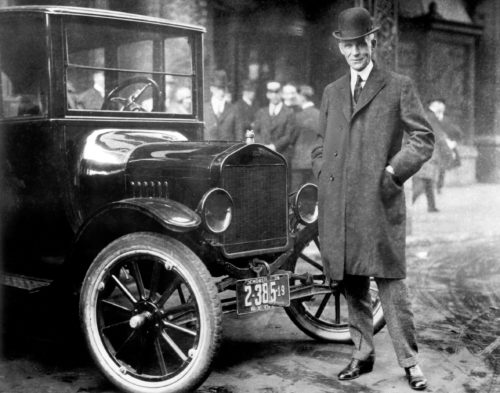
The first vehicle to be rolled out of Ford’s innovative moving assembly line – the Ford Model T was a revolution. You’ve probably seen the car in vintage paintings or classic movies. Dating back to 1908, its production and sales continued for almost two decades before completely stopping in 1927. In the 20th century, this revolutionary model was pegged as the first people’s car and was rated the most influential vehicle with around 16.5 million buyers worldwide. Powered by a 2.9-litre 4-cylinder engine that produced 20 bhp of max power and 83 pound-feet of torque (112 Nm), Model T offered a smooth and comfortable drive.
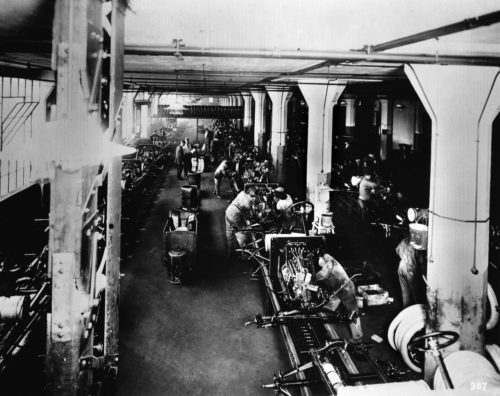
While Henry Ford, founder of Ford Motor Company, envisioned the Model T as a ‘car for the masses’, a system to mass produce them and with high quality was still missing. This quest gave birth to a state-of-the-art manufacturing set up called Moving Assembly Line, a system that is still followed in modern manufacturing. Modern Assembly Line relies on continuous supply of components which are assembled sequentially to make the final product. The results of mass production were immediate and significant. In 1912, Ford produced 82,388 Model Ts, and the touring car sold for $600. By 1916, Model T production had risen to 585,388, and the price had dropped to $360.
Interesting fact: Model T proved its worth on the racing field and earned the nickname ‘The Tin Lizzie’ after it won a race in Colorado in 1922.
1964 Ford Mustang
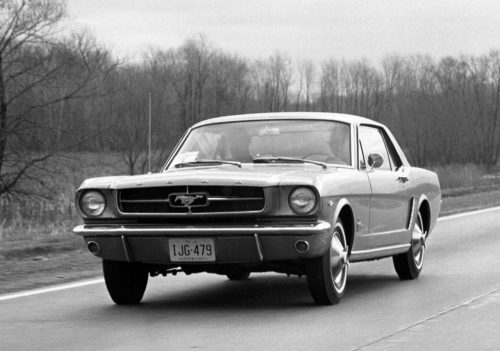
Most car enthusiasts, at some point, have dreamed of owning a sports car. Well, if it were 1964, you would be able to live that dream as the iconic Ford Mustang was then introduced as an affordable sports car. The pony car, propelled by a 4.7-litre V-8 engine then, sold over 1.3 million units in the first two years of its production.
One of the longest-running nameplates in the history of automobiles, the Ford Mustang is the only vehicle to have been in continuous production for more than 50 years. The latest version of this iconic sports car is sold with a 5.0-litre V8 engine and retains the classic design elements — such as the cockpit inspired dash, tribar tail lamps among others – till date. Now that’s a classic sports car!
Interesting fact: Designer, John Najjar, pitched the name ‘Mustang’ after the WWII fighter plane, but it was rejected. So, he re-pitched the name and linked it to a horse; that’s when it was accepted.
1965 Shelby GT350
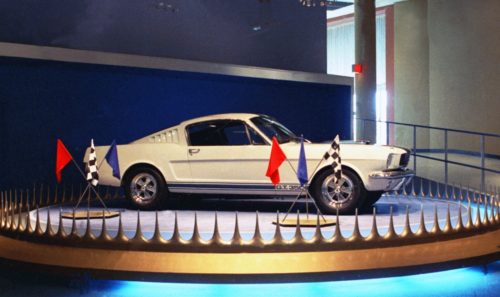
Ford and Carroll Shelby co-developed the Shelby GT350. As a performance version of the first-gen Mustang, this car was built with better aerodynamic body panels and an aggressive stance. It was powered by a 4.7-litre V8 engine generating 306 bhp of power and 329 pound-feet (446 Nm) torque. Since it was a racing car, the original design did not include rear seats. However, in 1966, the car was made more accessible to the public with rear seats, coloured variants, and an optional automatic transmission.
Interesting fact: Most of these cars were Wimbledon White with Guardsman Blue rocker stripes. It is also a favourite for film directors and has featured in several Hollywood flicks, including Apollo 13, Love The Beast and Rides.
1966 Ford GT40
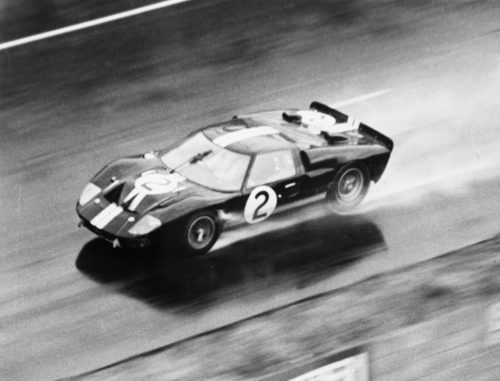
They say too many cooks spoil the broth, but cars are an exception! Ford GT40, co-developed by Ford, John Wyer Automotive Engineering and Carroll Shelby, put an end to Ferrari’s dominance at the Le Mans race. The American automaker used different engine combinations in the GT40, and the Mk I, II and III prototypes were built in Britain. But MK IV was the first formula car designed by Ford on its home soil.
Interesting fact: The Ford GT40 beat Ferrari at the 1966 Le Mans race. And in 2018, a 1966 MkII GT 40 was sold for $10 million.
1966 Shelby Cobra 427
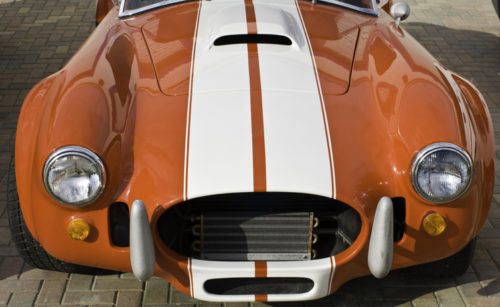
Amongst the range of iconic Ford cars, the 1966 Shelby Cobra 427 is a prominent name. Similar to the GT40, the Shelby Cobra too opened its account on a racetrack. The two-door roadster was equipped with a 7.0-litre, V8 motor producing massive power of 425 bhp and 480 pound-feet (650 Nm) torque.
Interesting fact: The ‘427’ in the Shelby Cobra 427 represents 427 cubic inches.
These are just a few cars that any budding enthusiast must know about. There are plenty of others that you can talk about as well. And by the end of the lockdown, you will realise that you and your kid have spent some quality time over a shared passion – cars. Until then, stay home and stay safe.
Subscribe to our newsletter
Subscribe to our newsletter to stay upto date with latest news, offers and much more



